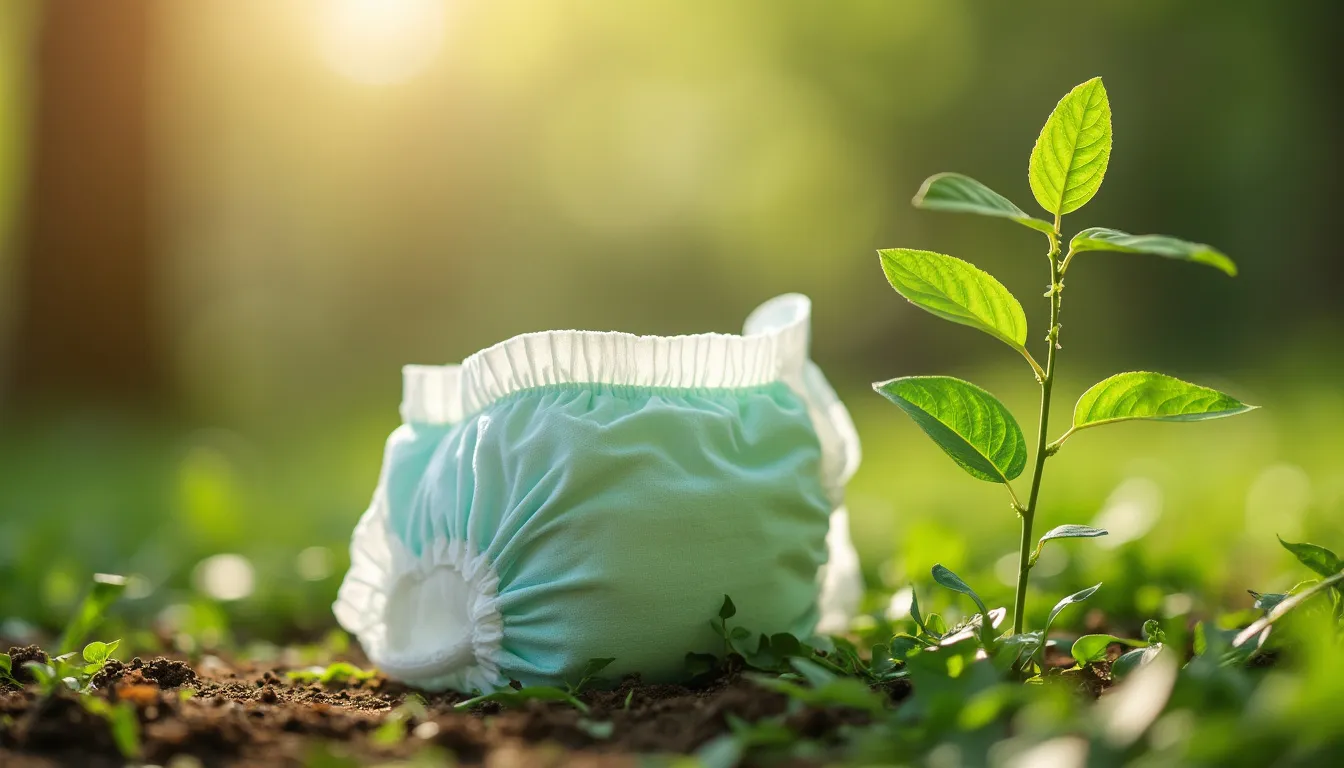The Environmental Impact of Diapering Choices
Choosing the right diaper for your baby is more than just a matter of convenience; it's a decision that can have significant environmental implications. As a mom who has navigated the world of diapering, I understand the overwhelming number of options available and the confusion that can come with it. In this blog, I'll share my insights and experiences to help you make informed choices that are both baby-friendly and eco-conscious.

Understanding the Environmental Impact
First, let's talk about the environmental impact of different diapering choices. Disposable diapers are incredibly convenient, but they contribute significantly to landfill waste. It's estimated that a single baby can go through thousands of diapers before being potty trained, which translates to a substantial amount of waste. On the other hand, cloth diapers require water and energy for washing, but they can be reused multiple times, reducing landfill contributions.
My Personal Experience with Cloth Diapers
When I first considered cloth diapers, I was intimidated by the thought of extra laundry and the upfront cost. However, after trying them out, I found that the benefits outweighed these concerns. Cloth diapers today are designed to be user-friendly, with snaps and Velcro closures that make them easy to use. I also noticed a reduction in diaper rash, which was a pleasant surprise. The initial investment was higher, but over time, I saved money compared to buying disposables regularly.
Exploring Disposable Diapers
For those who prefer disposable diapers, there are eco-friendly options available. These diapers are made from sustainable materials and are often biodegradable, reducing their environmental footprint. In my experience, they are just as effective as traditional disposables and offer the same level of convenience. However, they can be more expensive, so it's important to weigh the cost against the environmental benefits.
Hybrid Diapers: The Best of Both Worlds?
Hybrid diapers offer a middle ground between cloth and disposable options. They typically consist of a reusable outer shell and a disposable insert. I found these to be a great option for travel or daycare, where convenience is key but you still want to minimize waste. They offer flexibility and can be a good compromise for families looking to reduce their environmental impact without fully committing to cloth diapers.
Conclusion
Ultimately, the best diapering choice depends on your family's lifestyle, budget, and environmental values. Whether you choose cloth, disposable, or hybrid diapers, each option has its pros and cons. By considering the environmental impact and your personal needs, you can make a choice that feels right for you and your baby. Remember, every small step towards sustainability counts, and your efforts can make a difference.
Car Seats
Common Mistakes Parents Make with Car Seats and How to Avoid Them
Car Seats and Climate: Keeping Your Baby Comfortable Year-Round
How to Choose a Car Seat for a Premature Baby
How to Choose a Car Seat for a Compact Car
How to Handle Car Seat Recalls: A Parent’s Guide
Car Seat Installation Tips for New Parents